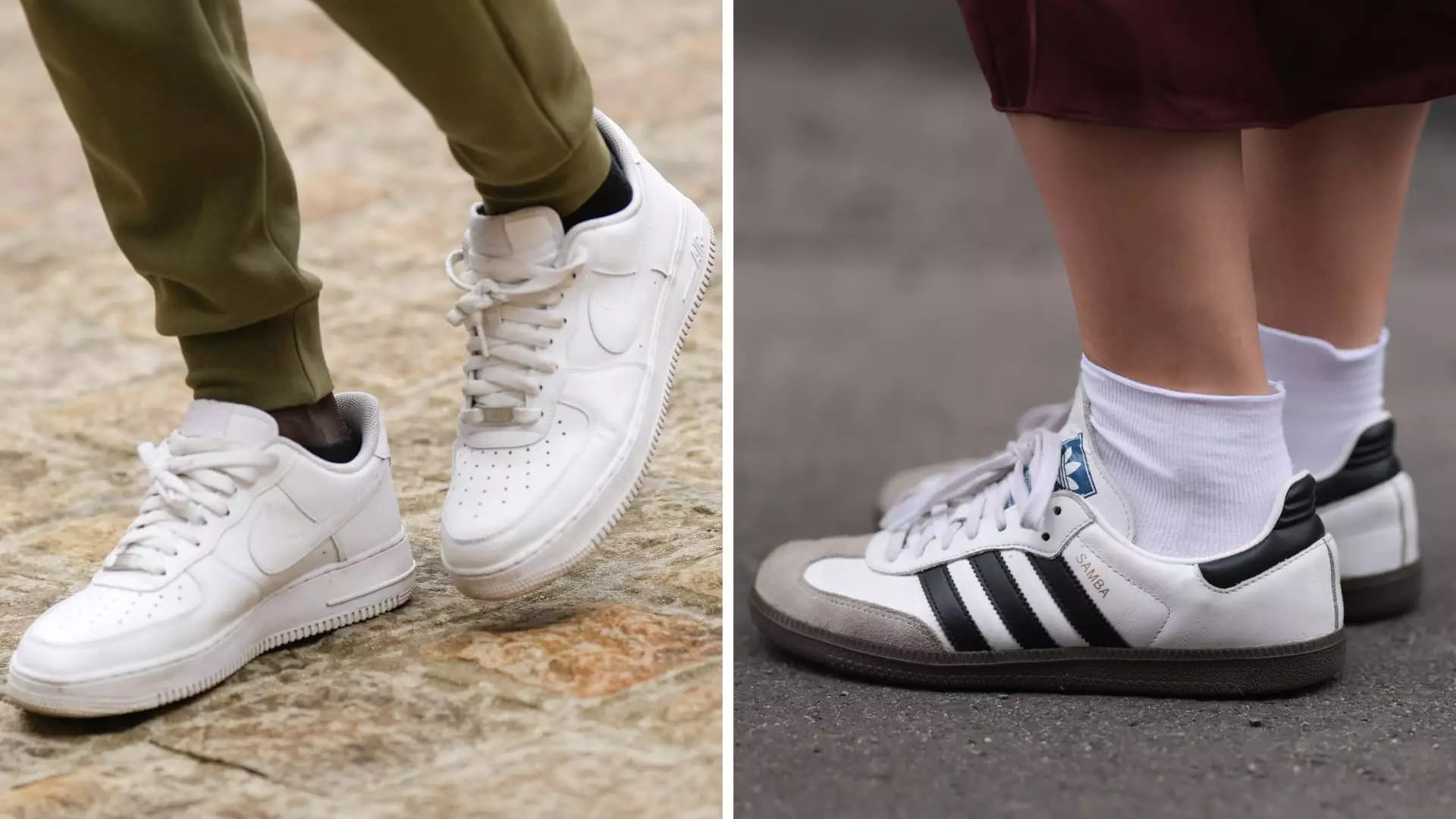The footwear industry has long been dominated by powerhouses like Nike, but recent trends suggest a shift in consumer preferences. According to Stifel Financial, young consumers are increasingly gravitating towards brands like New Balance and Adidas, posing a potential threat to Nike’s market share. While Nike continues to hold the top spot with its popular Dunk model, other segments of its shoe business are facing challenges, leading to a decline in overall market dominance.
Stifel’s back-to-school survey reveals a growing acceptance of new and alternative brands among consumers. This trend is reflected in the vibrant and diverse product lineups offered by multi-branded retailers, signaling a departure from traditional favorites. Brands like New Balance and Asics, categorized as “dad” shoes, are gaining traction, along with Adidas’ Samba, Gazelle, and Campus lines, referred to as “terrace” shoes. These brands are not only gaining popularity but also making appearances in pop culture, further solidifying their appeal among consumers.
While Nike’s Vomero 5 is gaining popularity among consumers, analyst Jim Duffy highlights a concerning trend regarding some of Nike’s classic styles. Court styles like the Air Force 1, Jordan 1, and Blazer are reportedly losing favor, posing a threat to Nike’s long-standing dominance in the market. Additionally, other iconic Nike shoes like the Air Max 270 and Vapor Max are also experiencing a decline in interest, indicating a broader shift in consumer preferences away from traditional Nike offerings.
Stifel’s survey data paints a stark picture of Nike’s declining market share, particularly in comparison to rising competitors like New Balance and Adidas. While Nike still holds the largest share of “style references” in retail chains, its percentage has significantly decreased, while New Balance and Adidas have seen substantial increases in the same period. This erosion of market share has prompted Duffy to revise earnings estimates for Nike’s North America business, raising questions about the company’s future revenue growth prospects.
Nike’s struggles in the footwear market are reflected in its stock performance, with a significant decline in 2024 and a downward trend over the past few years. As one of the worst performers in the Dow Jones Industrial Average, Nike faces mounting challenges in reviving its market position and investor confidence. While analyst ratings vary, with Duffy maintaining a hold rating, the majority of analysts suggest a buy rating for Nike, indicating some optimism about the company’s potential for recovery.
The sneaker industry is in a state of flux, with changing consumer preferences, the rise of challenger brands, and the decline of traditional favorites reshaping the market landscape. Nike, once the undisputed leader in the industry, now faces stiff competition from brands like New Balance and Adidas, necessitating a reevaluation of its product offerings and market strategies. As the industry continues to evolve, only time will tell whether Nike can regain its former dominance or if it will cede ground to newer, more innovative competitors.

